Even if I use my MCU at a 1 Hz clock frequency (that's very slow!) but connect a resistor + LED to GND to one of the outputs and make the LED light up, I can make the setup use say 10 mA. Switch the LED off and it consumes 1 uA.
My point being: the current consumption of any MCU does not only depend on what clock frequency it is using but also what is connected to the outputs. If an output has to deliver current (as in my LED example above) then you will see that current back in the supply current.
Also an MCU in standby will consume a lot less current than the same MCU running some heavy calculations.
You should determine where the current is consumed. Switch off as many blocks as possible and switch them back on one by one to determine which block consumes how much.
Also note that current consumption can vary a lot, most low power products rely on a low duty cycle. Say an MCU consumes 10 mA when active but it is only active for 1 second every 5 minutes. Then the average current is:
1 sec / (5 x 60 sec) * 10 mA = 1/300 * 10 mA = 33 uA
That is the average current so when running on a battery that could result in a battery life of many months (depending on the battery of course).
